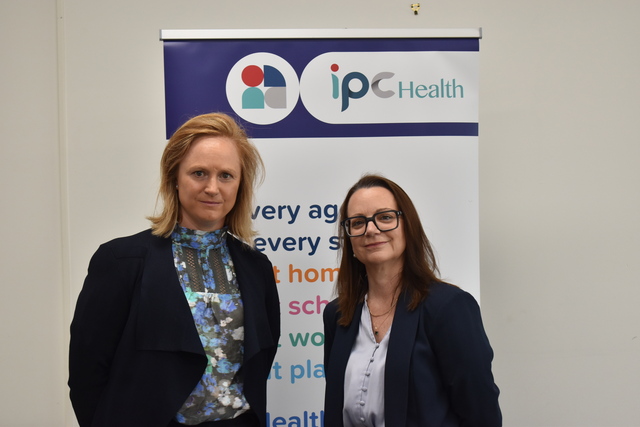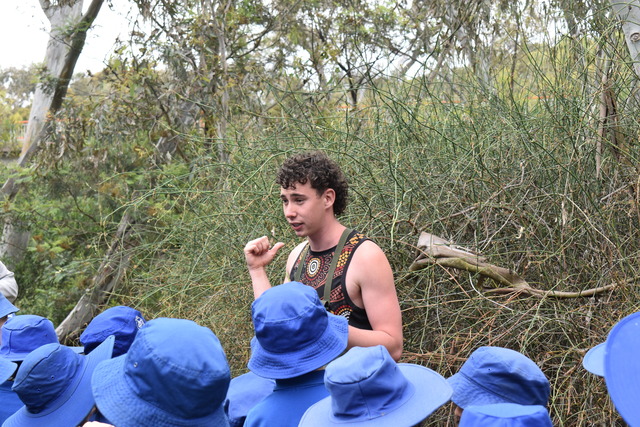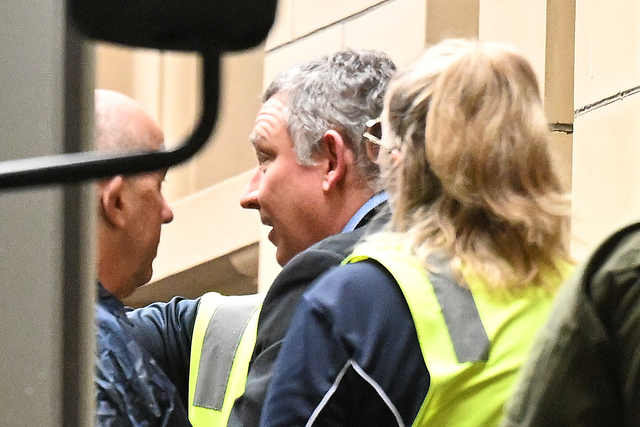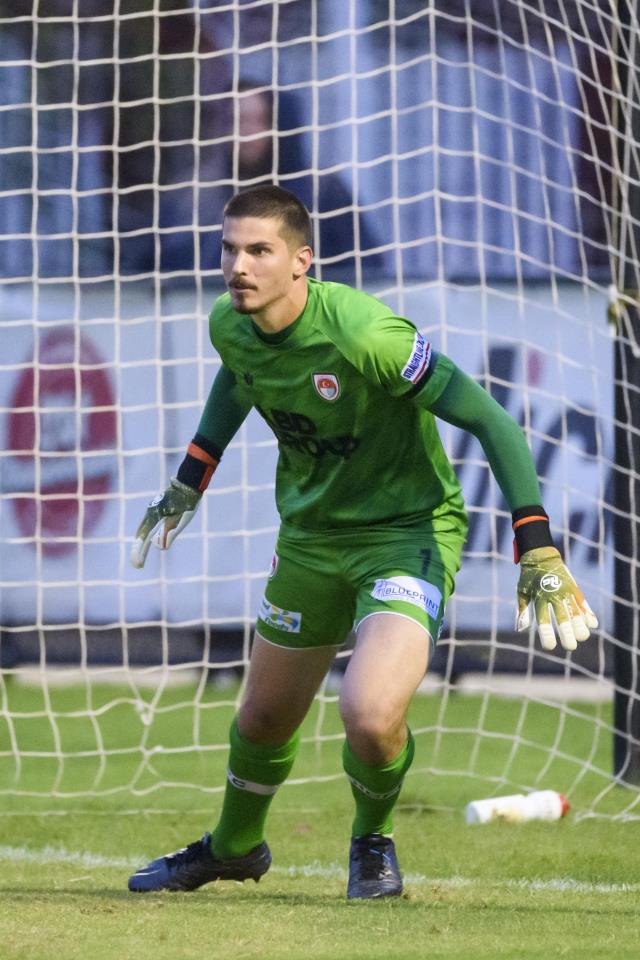THE battler suburb of Sunshine is to become the key growth centre in Melbourne’s west, with the new metropolitan planning strategy to encourage huge government and private-sector investment in the former industrial heartland.
Sunshine has been crying out as an obvious choice for a major node … it’s the equivalent of Caulfield in distance, from memory, from the CBD.
The soon-to-be-released blueprint for Melbourne will crown Sunshine the strategically most important development area in the city’s west and help deliver thousands of new research and knowledge jobs.
The development of the new regional rail service through Sunshine has boosted the area’s already strong public transport links, and a senior planner said the suburb would soon be known as a ”national employment and innovation cluster”.
WHAT DO YOU THINK? You excited about the prospect? Dreading it? Post a comment below.
They said the area was ideally suited as a development leader, with four train stations, close access to the M80 ring road and an abundance of former industrial sites. The new research and employment precincts are seen as a key ingredient in Melbourne’s post-industrial economy.
”The clusters around knowledge and research and education and health are really important in terms of employment, and they’re really important in terms of Melbourne’s and Victoria’s economy, given we are now well and truly in the knowledge economy,” said the planner, who did not wish to be named.
RMIT planning expert Professor Michael Buxton said Sunshine was an excellent choice as the key growth hub in Melbourne’s west.
”Sunshine has been crying out as an obvious choice for a major node … it’s the equivalent of Caulfield in distance, from memory, from the CBD … it is just on the edge of the inner-ring,” he said. All that was needed in Sunshine was government investment, and it was time for Melbourne to embrace the west, he said.
”Melbourne now for 30 or more years has been growing in a lopsided way; it grew to the south-east and to the east and it is only in recent years it has started to grow out in the west.”
He said too much growth in the west had been on the city’s fringe.
”So people are being dumped in service-poor outer urban areas in green fields with very, very poor connections. We need an alternative model for redeveloping the west and it has got to involve identifying vacant land, excellent transport connections and then putting a lot of government money into redeveloping them, and Sunshine is just an obvious choice.”
He said Sunshine had suffered from Melbourne’s industrial decline and was well positioned for change. ”Sunshine once was an extraordinary success story in the history of Melbourne – it’s incredible,” Professor Buxton said.
”You had a massive industry in Sunshine with all that agricultural technology … with changing patterns of industry, that all went and it began its slow decline.”
John Watson, chair of administrators for Brimbank Council, said people were ”incredibly excited” at Sunshine being identified as a key Melbourne growth centre.
”It is a bit like the name – the sun is going to shine again on Sunshine,” he said.
”There is a lot of positive attitude here. The people here actually love this place and they can see that things are improving.”
He said the land available for an expanded medical precinct ”is not equal to but greater than Monash as a medical precinct, and the west needs it”.







